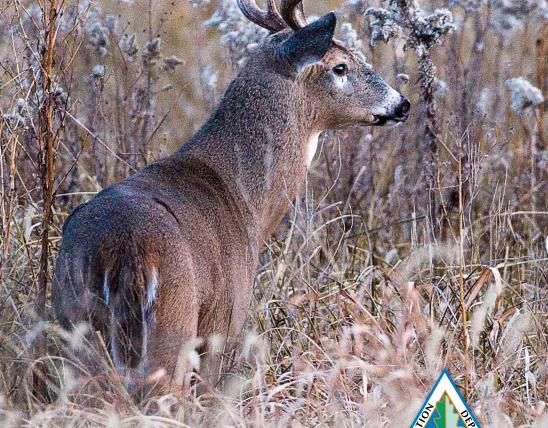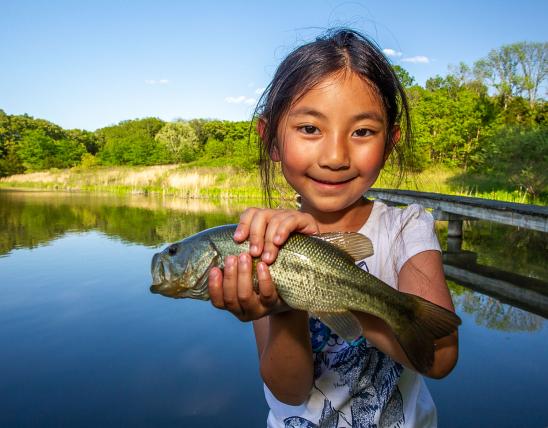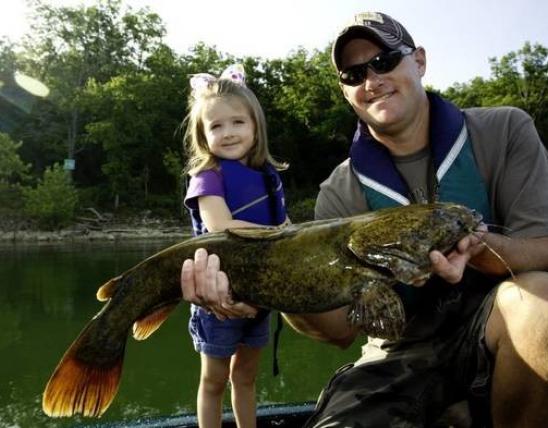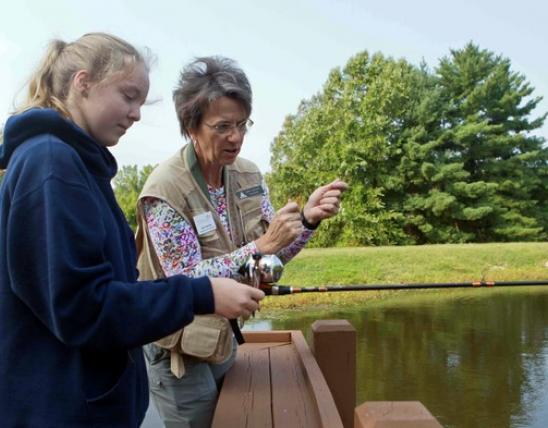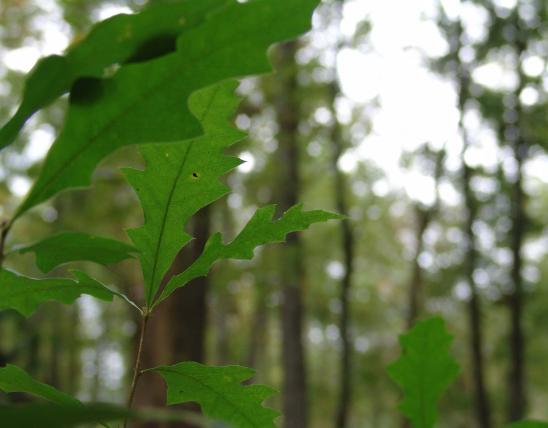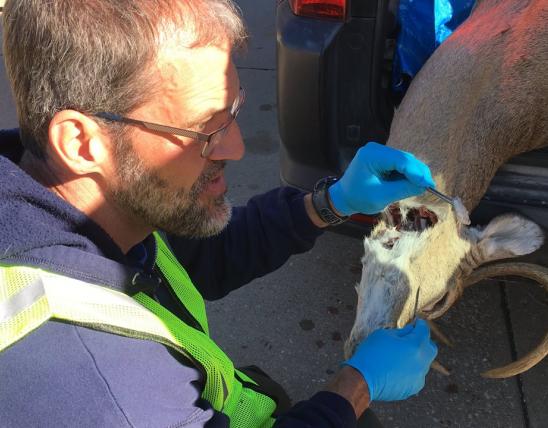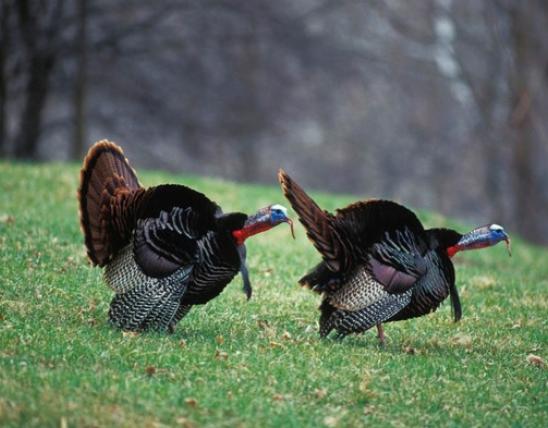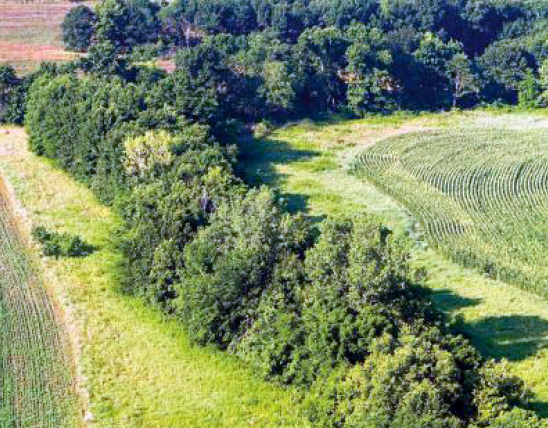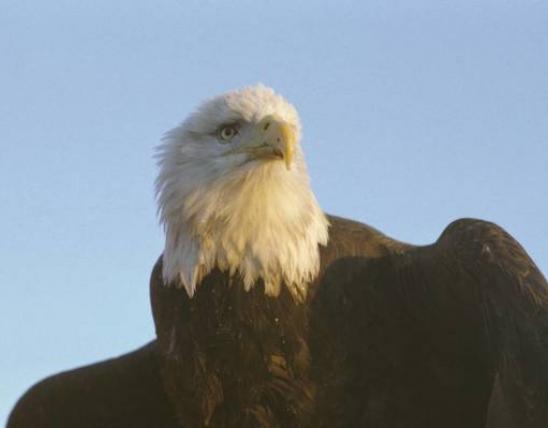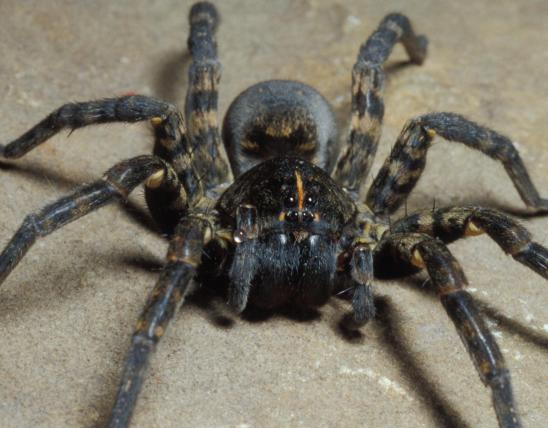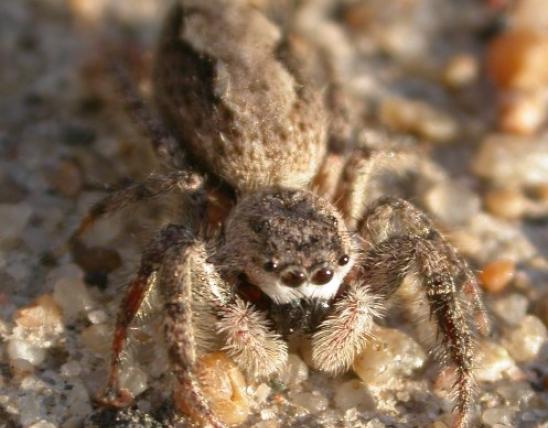
The dotted wolf spider looks quite similar to the better-known rabid wolf spider, which is in the same genus. You can distinguish the dotted wolf spider by its distinctive spotted pattern of dark spots on the yellowish-tan underside of the abdomen; and the (easier-to-see) solid brown stripe running down the midline of the abdomen, seen from above. Also, male dotted wolf spiders do not have black or especially dark brown first pair of legs, as male rabid wolf spiders do.
There are 5 species in genus Rabidosa in North America north of Mexico. R. punctulata and R. rabidosa are the only two most likely to be found in Missouri.
Like other wolf spiders, these are athletic spiders that don’t spin webs to catch their insect prey; instead, they run it down like a wolf.
Female wolf spiders have remarkable maternal instincts and are often seen carrying around their egg cases attached to their spinnerets. After the young spiders hatch, they ride around on their mother's abdomen until they are able to be independent.
Learn more about this and other wolf spiders on their group page.





